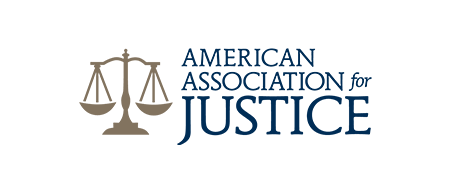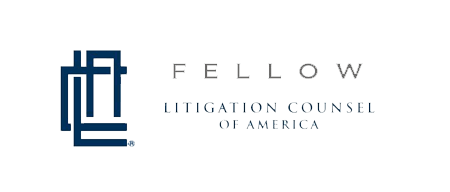Proving Fault in a Wrongful Death Case
When a personal representative files a wrongful death claim in New Mexico, perhaps the most important aspect of the process is determining liability. The personal representative’s goal is to recover compensation for the estate and for the deceased’s surviving family members, and determining liability is the only way to increase the chances of an acceptable settlement or a positive jury verdict. Here, we want to examine the four elements that must be present in order for a wrongful death claim to be successful.
1. Duty of Care
The first priority when starting a wrongful death claim is showing that there was a duty of care owed by the defendant (the person alleged to have caused the death) to the deceased.
A duty of care will look different depending on the type of incident that led to the death. For example, the duty of care that drivers owe others on the roadway looks different than the duty of care a property owner owes those who have a right to be on their premises. Drivers are responsible for conducting themselves properly and following all traffic laws to ensure the safety of others. Property owners have a responsibility to ensure the safety of their premises for anyone who has the right to be there.
Different still would be the duty of care owed by companies to consumers who buy their products. Companies are responsible for ensuring they only distribute products that are safe for consumer use.
2. Breach of Duty
After establishing that there was a duty of care owed by the defendant to the deceased, the next step in a wrongful death claim is showing that the defendant somehow breached the duty of care owed.
The various ways that a duty of care can be breached are too numerous to mention here, and again, this will depend on the type of incident at hand. For example, vehicle drivers can breach their duty of care by operating their vehicle while impaired or distracted, by failing to stop at stop signs or stop lights, or by speeding. Property owners can breach their duty of care by failing to properly maintain their premises, allowing known hazards to go unfixed, and failing to warn guests about any known hazards.
3. Causation
After showing that there was a breach of duty on the part of the defendant, the next step is to show that the breach directly or indirectly led to the incident that caused the death. One of the more complicated parts of a wrongful death claim is showing that a breach of duty occurred, but a breach in and of itself is often not enough for a claim to be successful. Just because somebody errs in some way does not necessarily mean that their error led to an injury or death, and there are often multiple things that went wrong at the time a death occurred.
The role of an attorney is to clearly show that the breach of duty by the defendant is what started the reaction of events that caused the death of the deceased.
4. Damages
Lastly, it must be shown that the family members or the estate suffered some sort of monetary loss as a result of the death of the deceased. This can include funeral and burial expenses, medical bills, lost income the deceased would have provided, lost benefits, a loss of love, companionship, and care the deceased provided, and more.
Working With an Attorney
Wrongful death claims are immensely complicated, and an attorney will work diligently to gather all the evidence needed to prove liability. The evidence needs to show that the four elements of negligence are present in order for the wrongful death claim to be successful.
 Knowledge Experience Compassion Service
Knowledge Experience Compassion Service 






